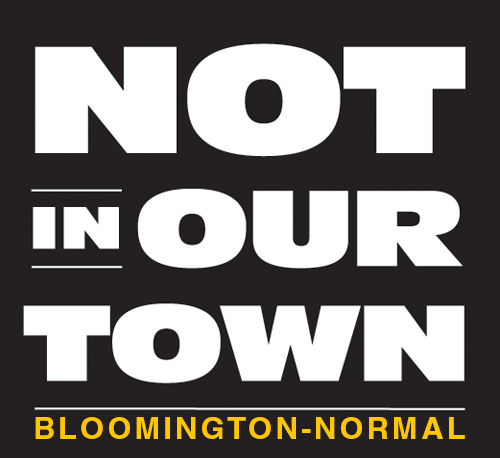The theme for the 2015 Bloomington Labor Day Parade is "For more than ourselves," emphasizing community service and involvement.
The parade marches on Monday, September 7 at 10 a.m., line up at 9 a.m. on Front Street in Downtown Bloomington. The parade will proceed west on Front Street to Lee Street, south on Lee Street to Wood Street, and then west on Wood Street to Miller Park.
"The parade theme reflects our close community ties," said Trades & Labor President Ronn Morehead. "All of our unions, through donated labor, volunteering and donations, support local charities, and community organizations. We want those community organizations to be the center of this year's parade, with Labor's contributions to them."
The parade features union marching units, high school bands, construction equipment, community organizations, antique cars, and elected officials and aspirants for political office. Not In Our Town: Bloomington/Normal is scheduled to participate.
The local labor community has been a key catalyst in driving diversity and cultural growth. World War II brought unexpected changes to the Twin Cities workplace -- women and African-Americans in the factory. Williams began hiring women as military draft depleting the workforce, Williams losing 383 employees to the armed forces. Williams initially hired 56 women in early 1943, using training films to acquaint them with plant processes.
The other group hired was African-American workers. Although the new female hires joined Machinists Lodge 1000, the African American workers were not allowed to participate in the union. They were kept segregated from the rest of the workforce, doing mainly hand filing and finishing work, and only worked on defense contracts.
A. Phillip Randolph, Brotherhood of Sleeping Car Porters president, had successfully lobbied President Roosevelt in 1941 to end discriminatory hiring practices. Roosevelt issued an executive order against racial discrimination in war contracts. Ruth Waddell, who worked at Williams during the war, remembered that "some people had problems with us being there," but she and other African-American workers enjoyed the higher pay and an opportunity to do work usually denied to them. As soon as the war contract work ended, though, the African-American workers were laid off.
